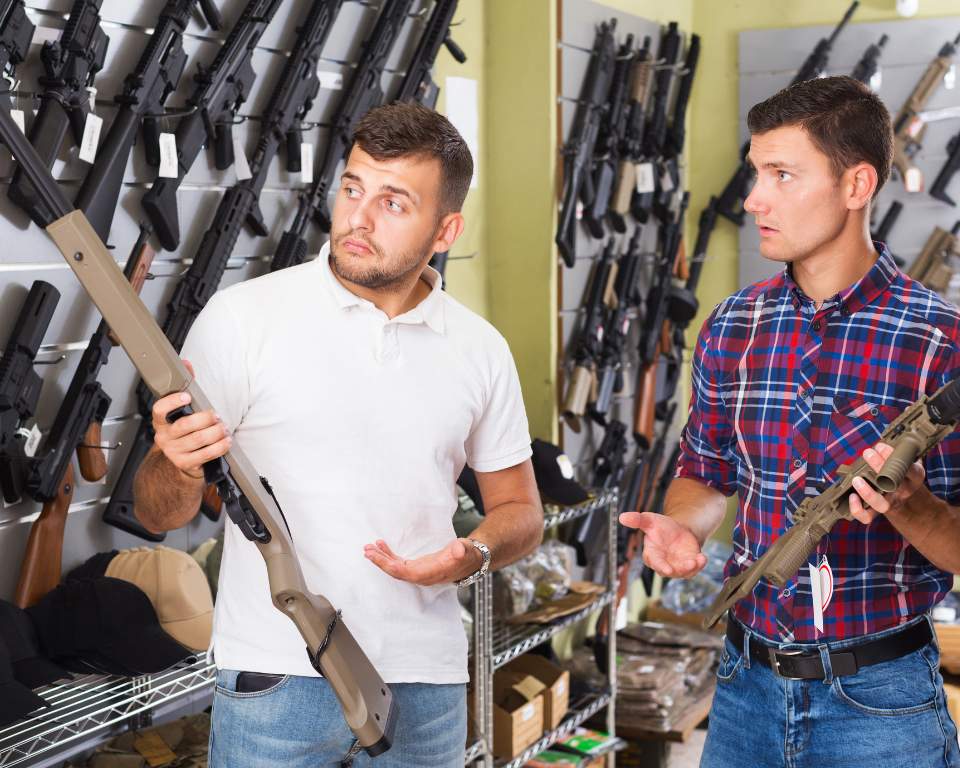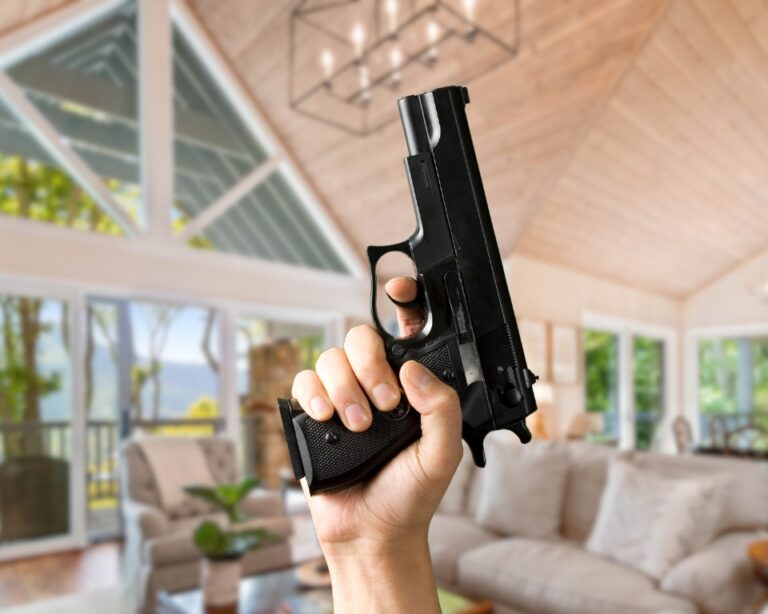The Lethality of Airguns: Understanding Their Potential Harm
Airguns, often considered as toys or recreational devices, can actually cause lethal injuries despite their non-lethal appearance. The power and effectiveness of airguns, such as air rifles and pellet guns, have been the subject of research and discussions. While they are lower in power compared to other firearms, there have been cases of fatalities and serious injuries caused by airgun misuse. It is important to understand the potential harm that airguns can inflict and the factors that contribute to their lethality.
Key Takeaways:
- Airguns, including air rifles and pellet guns, can cause lethal injuries despite their non-lethal appearance.
- Misuse of airguns has resulted in fatalities and serious injuries.
- Understanding the potential harm and factors contributing to airgun lethality is crucial.
- Proper education, legislation, and safety measures are necessary to prevent accidents and promote responsible use of airguns.
- Choosing the right airgun for specific purposes, such as hunting, requires consideration of factors like stopping power and effectiveness.
Terminal Ballistics and Penetration
When it comes to airguns, understanding their terminal ballistics and penetration capabilities is crucial for assessing their knockdown power and selecting the appropriate caliber for different purposes, such as hunting. Various studies have been conducted to examine the behavior of airgun pellets in different mediums.
In these studies, airgun pellets were fired into ballistic gelatin and animal tissue to simulate real-world scenarios. The penetration of pellets was found to be similar in both gelatin and organ tissue. However, there was an interesting difference observed in the residual track.
“The residual track appears to remain more open in animal tissue,”
Factors such as pellet shape, concentration of gelatin, and range can influence the penetration capabilities of airgun pellets. Pointed pellets, for example, have been found to penetrate up to 50% further than rounded pellets. This highlights the importance of considering pellet design when choosing an airgun for specific applications.

Additionally, caliber selection plays a significant role in the penetration and effectiveness of airgun pellets. Different calibers have different terminal ballistics characteristics, and understanding these nuances is crucial for achieving the desired results in hunting scenarios.
“By understanding the terminal ballistics and penetration characteristics of airguns, we can determine their knockdown power and make informed decisions when it comes to caliber selection for specific purposes.”
Airgun Injuries and Fatalities
Despite being perceived as less dangerous than conventional firearms, airguns can cause serious injuries and fatalities. In the UK, although air weapons are limited in power by legislation, there are still occasional fatalities from legally owned air weapons. In the USA, there are over 20,000 emergency department visits each year due to injuries from air weapons and paintball guns. Children are particularly vulnerable to airgun injuries, with a significant percentage of injuries being reported in this age group. It is crucial to raise awareness about the potential dangers of airguns and implement safety measures, especially when it comes to children. Additionally, understanding the hunting performance of airguns can help hunters make informed decisions and choose the most suitable airgun for their needs.

Airgun Anatomy and Potential Damage
When it comes to airguns, understanding their anatomy and the potential damage they can cause is crucial. Computed tomography has played a vital role in examining the pellet track and the damage caused by airguns. By enhancing the contrast of the track, we can determine the volume of damage produced by an airgun pellet.
Despite their lower velocity compared to firearms, air rifles and pellet guns still have the potential to cause damage to various tissues and even construction materials. It is important to note that the velocity and accuracy of airgun projectiles play a significant role in their lethality and the potential damage they can inflict.
By evaluating the anatomy of airguns and understanding their ballistics accuracy, we can gain valuable insights into their potential impact and the extent of damage they can cause. This knowledge is essential for ensuring the safe and responsible use of airguns.
Airgun Use and Legislation
In different countries, the use of airguns is subject to firearms legislation. In the United Kingdom, air weapons are permitted without a license, but they are limited in power. On the other hand, countries like the United States have diverse regulations concerning airguns.
It is crucial for individuals to familiarize themselves with these regulations and ensure compliance for the safe and responsible use of airguns. Adhering to these laws not only prevents legal complications but also promotes the overall safety of users and others.
When it comes to hunting, selecting the best airgun for the specific purpose is paramount. Factors such as caliber, power, and accuracy should be carefully considered to ensure effective and ethical hunting practices.
Choosing the Best Airgun for Hunting
When selecting an airgun for hunting, several key factors come into play:
- Caliber: The caliber of the airgun determines the size and weight of the pellets it fires. Different calibers are suitable for different types of game.
- Power: The power of the airgun is an essential consideration. It affects the range, accuracy, and impact force of the projectiles.
- Accuracy: Aiming accuracy is crucial for a successful and humane hunting experience. Airguns with superior accuracy allow for precise targeting and clean kills.
By considering these factors, hunters can make an informed decision and choose the best airgun that aligns with their hunting requirements.

Conclusion and Recommendations
The lethality of airguns should not be underestimated. Even though they are low-powered compared to conventional firearms, airguns have the potential to cause serious injuries or even fatalities. It is crucial for the public to be aware of the potential harm associated with airgun use, especially among children.
Public awareness and education play a vital role in preventing tragic events related to airgun misuse. Strict legislation, adult supervision, and safety training are key to minimizing the risks associated with airgun use. By following proper safety protocols and regulations, we can ensure the well-being of individuals and prevent unnecessary harm.
When using airguns, it is essential to choose the right equipment for specific purposes, such as hunting. Factors such as caliber, power, and accuracy should be considered in selecting the most appropriate airgun. Adhering to these guidelines promotes airgun safety and responsible use, enhancing the overall safety of individuals engaging in airgun activities.
In conclusion, a combination of public awareness, education, and adherence to regulations is crucial to maintain airgun safety. By prioritizing safety and responsible use, we can prevent accidents and protect individuals from the potential harms of airguns. Let us work together to promote airgun safety and ensure a safer environment for all.







